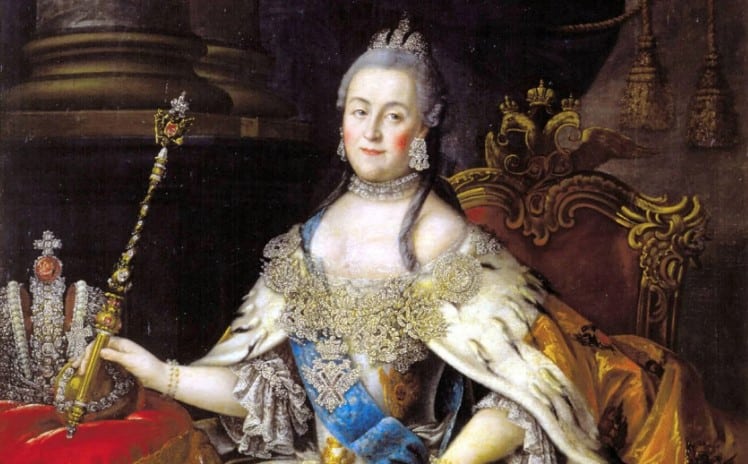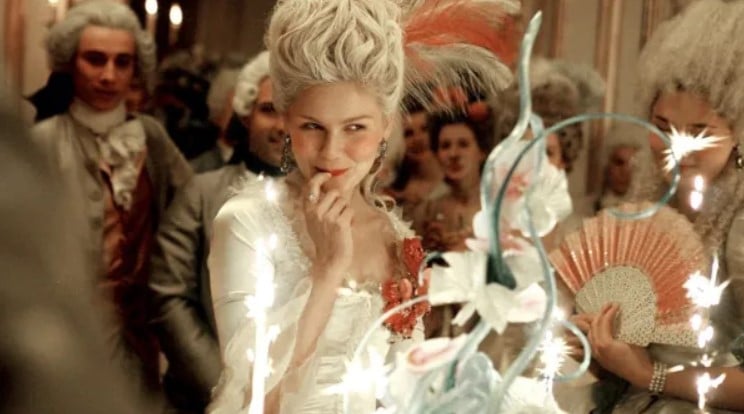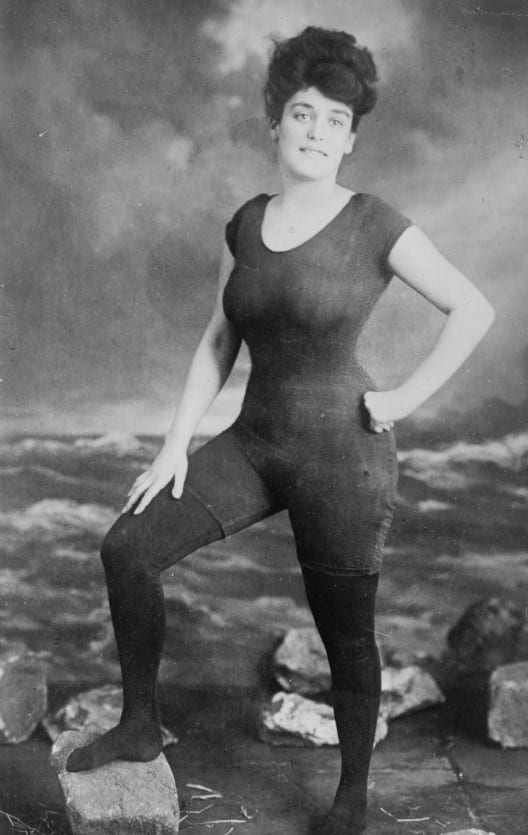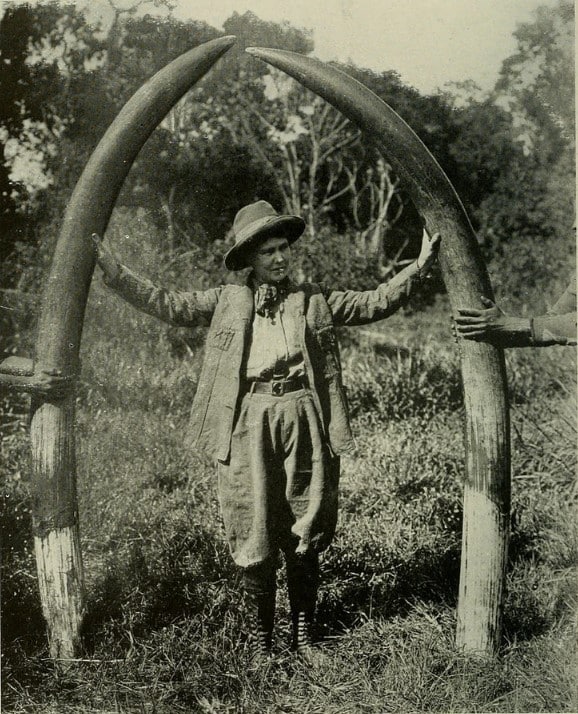“The future belongs to those who believe in the beauty of their dreams.” These profound words by Eleanor Roosevelt resonate deeply when we reflect upon the extraordinary women we honor today. Many extraordinary women in history defied the constraints of their time and left an indelible mark on history.
They are perfect role models for today’s women to follow. These incredible women, far ahead of their time, challenged societal norms and shattered glass ceilings, paving the way for a more equitable world.
Join us to get to know more about these exceptional women from the past and see how cool they were.
1. Agnodice – The Medical Pioneer of Ancient Greece

Agnodice is one of the first female doctors known to history. In the 4th century BCE, Greece didn’t have any female doctors. So, what could Agnodice do if she wanted to be a doctor? She went to Egypt to receive an education and study medicine with the hope of helping women during childbirth. To make the dream come true, Agnodice disguised herself as a man and became a student of the renowned Greek anatomist, Herophilos.
After her training, Agnodice encountered a woman in the midst of labor pains and offered her help. At the time, Athenian women refused the help of male physicians so Agnodice couldn’t help but reveal her real gender by lifting up her clothes. The laboring woman asked Agnodice to treat her.
Since then, she started treating numerous women in Athens. Since the women refused treatment from male physicians except Agnodice, other doctors grew suspicious of her. They brought her to court and believed she had been seducing Athenian women. Once again, she proved she was a woman in the same way. This revelation further infuriated the male physicians, who accused her of breaking the law that prohibited women from studying medicine. Thankfully, Agnodice had the support of her grateful patients, who defended her and fought for the rights of Greek women to become doctors.
2. Urraca of León – The Last Empress of Spain

During the Middle Ages, it was not common for women, especially female rulers, to take on military leadership. Urraca, however, was an exception. She actively participated in the military despite the prevailing norms. In 1109, Urraca married King Alfonso I of Aragon, but their relationship was tumultuous. Their troubles became political when they couldn’t have a child to inherit the throne. Romance turned into rivalry, and a war erupted between Leon-Castile and Aragon, with their armies constantly clashing.
After about four years, Urraca and her troops defeated Alfonso’s forces, causing significant losses for him. During this time, it was expected for wives to stay submissive to their husbands, but Urraca refused to accept that fate. Instead, she took action against her husband by actively participating in the battles. Not only did she willingly lead a battle against Alfonso and his army, but she also surpassed expectations and achieved a victory for León-Castile.
Additionally, Urraca used her military prowess to quell domestic unrest. In 1117, while visiting Santiago, a group of townspeople rose up against her and launched an attack. Rather than backing down, Urraca fearlessly confronted them and ordered her soldiers to retaliate. After several days of intense fighting, the city ultimately surrendered to Urraca, solidifying her position as the reigning monarch. Urraca refused to concede due to her gender; she was determined to take decisive action against her adversaries, just as any king would, whether by personally engaging in combat or commanding her troops.
3. Anne Boleyn, Henry VIII’s second wife

Anne Boleyn, Henry VIII’s second wife, was found guilty of high treason by a jury in the king’s hall at the Tower on May 15, 1536. Just four days later, on May 19, 1536, Anne was beheaded on Tower Green when she was around 35 years old.
Queen Anne faced charges of having sexual relationships with five courtiers, including her brother, George Boleyn (also known as Lord Rochford), and Sir Henry Norris, a close friend of the king and his groom of the stool. The accusations against her went beyond these affairs, as she was also accused of conspiring with these men to kill her husband, King Henry VIII.
She protested her innocence until the last, but her final reported words were uncontroversial, “I am come hither to die, for according to the law and by the law I am judged to die, and therefore I will speak nothing against it … I pray God save the King … for a gentler nor a more merciful prince was there never.” Anne was buried in the Chapel of St Peter ad Vincula in the Tower.
4. Émilie du Châtelet

Encouraged by Voltaire, Émilie du Châtelet, an aristocrat of the 18th century, pursued a secret scientific career that reached its pinnacle with the first French translation of Newton’s Principia. According to Francois-Marie Voltaire – Enlightenment France’s great writer and philosopher – Emilie du Châtelet “was a great man whose only fault was being a woman”.
Émilie is a talented woman as she could dance, play the harpsichord, sing in an opera, and act in an amateur theater.
Through her translation of Isaac Newton’s Philosophiæ Naturalis Principia Mathematica and her book “The Foundations of Physics” published in 1740, Émilie du Châtelet helped the French people understand the concept of gravity.
Her translation included her own explanations and analysis of Newton’s work, introducing Newton’s ideas to the scientific community in France. For many years, her translation remained the only available version of Principia in French, and her commentary and translation potentially contributed to the advancement of science in France.
In her translation, Émilie also presented her own thoughts and ideas, reinterpreting and expressing Newton’s theories and results using a more powerful and suggestive notation of Calculus.
5. Catherine the Great

Catherine, who ruled Russia from 1762 to 1796, was a strong advocate of Enlightenment ideas. She expanded her empire’s borders, spearheaded judicial and administrative reforms, dabbled in vaccination. She had a remarkable art collection that laid the foundation for one of the world’s greatest museums. Catherine engaged in correspondence with renowned philosophers like Voltaire and Dennis Diderot.
She was also instrumental in promoting a national education system. In 1764, Catherine founded the Smolny Institute for Girls, known officially as the Society for the Upbringing of Noble Girls. At the Smolny Institute, around 200 girls between the ages of 6 and 18 received a comprehensive education.
Inspired by the French boarding school Saint-Cyr, the Smolny Institute was an integral part of Catherine’s plan to cultivate cultured, industrious, and loyal subjects through education.
6. Marie Antoinette, The Last Queen Of France

Marie Antoinette married Louis XVI when she was just 14 years old. She had a strong interest in fashion and art and developed a close relationship with the talented artist Élisabeth Vigée Le Brun, who painted not only Marie Antoinette’s portrait but also over 600 other portraits.
Despite what her contemporaries believed, Marie Antoinette was not as frivolous and moody as they thought. For example, the phrase she’s very famous for is “If they have no bread, let them eat cake” but she never actually said it. This phrase was actually written by Jean-Jacques Rousseau in his book Confessions in 1769, long before Marie Antoinette was even considering marriage to the king. During that time, she was living with her parents in Austria and had no connection to the monarchy.
It is rumored that Mozart once asked for Marie Antoinette’s hand in marriage. When Mozart was just 6 years old, he performed concerts at the summer residence of the Habsburgs, where they met. During one encounter, Mozart slipped on the polished floor, and Marie kindly came to help him. As a playful joke, Mozart proposed to her, but the future Queen of France declined his offer.
7. Clémentine Delait

Clémentine was born in 1865 in the French countryside. In her autobiography, she recalls that she doesn’t remember when she first started growing hair. By the time she turned 18, she already had a noticeable mustache and needed to shave her chin regularly. However, this didn’t stop her from having suitors, and she eventually married a baker named Paul Delait. Together, they opened a café in their small village.
Clémentine faced challenges with her appearance, especially during a time when being different was even less accepted than it is today. However, she always saw herself as attractive and well-proportioned. She proudly shared that nobody ever doubted her being a woman, except when she dressed up as a man. Photos of Clémentine wearing both dresses and men’s suits became quite popular.
Madame Delait had a full life. She had various experiences, including being part of a circus with wild animals, managing several pubs, and even owning an undergarment store. Over time, her beard turned silver, but she chose not to shave it.
8. Annette Kellerman – a “liberator of women’s bodies”

Born in 1886 in the Sydney suburb of Marrickville, Kellerman had weak legs that until the age of six or seven, she wore steel braces for support. To help strengthen her muscles, her parents started taking her to the local pool. “Only a cripple can understand the intense joy I experienced,” she later said. “After I learned, I’d go swimming anywhere, anytime.” Annette was also the first woman to partially swim across the English Channel.
Annette Kellermann is famous as a “liberator of women’s bodies.” She transformed the uncomfortable pantaloons women used to wear for swimming into an elegant one-piece swimsuit that allowed professional swimmers to move freely. The new swimsuit had bare arms, bare legs, and a snug fit. It became a significant change in women’s swimwear.
9. Delia Akeley

Delia Akeley proves that people could make something extraordinary after 50. She led an incredibly active life, venturing through half of Africa and even saving her husband, Carl Akeley.
During a hunting expedition to gather elephants for the African Hall display at the American Museum of Natural History, Carl Akeley was attacked by a male elephant. The incident caused panic among his team of porters and helpers, who thought he was finished. However, Delia didn’t give up. She bravely returned to her husband’s side with two porters who had initially fled in fear. Although Carl was seriously injured, Delia got him to a hospital after a dangerous portage in mountainous country.
On another occasion, she nursed him back to health when he was on the verge of succumbing to blackwater fever. Delia’s dedication and care played a crucial role in saving her husband’s life. However, she divorced him over a monkey (her husband was strongly against pets).
After her divorce in 1924, Delia didn’t let that stop her from continuing to travel extensively in Africa. She led her own expeditions and focused on studying the cultures of more secluded tribes, like the Forest People pygmies. Delia was among the first Westerners to explore the desert region between Kenya and Ethiopia. She even explored the Tana River, starting from the Indian Ocean, using a dugout canoe. Additionally, she spent several months living with the pygmies of the Ituri Forest in Zaire.
10. Junko Tabei

Junko Tabei is a remarkable woman who dared to do something different. In her home in Japan, women were only labeled as housewives. She shared that some men advised her to seek a husband and refused to work with him. She didn’t want to be seen like that so she started her path into the mountains. In 1969, she organized The Ladies Climbing Club in Japan.
Junko accomplished a groundbreaking feat in 1975 by reaching the peak of Everest. She became the first woman to conquer this formidable peak, which had previously been climbed only by men. But her achievements didn’t end there.
Junko went on to become the first woman to scale the famous Seven Summits, the highest peaks on five continents. Her passion for mountaineering remained with her until her final days, as she continued to embrace the mountains throughout her life.

